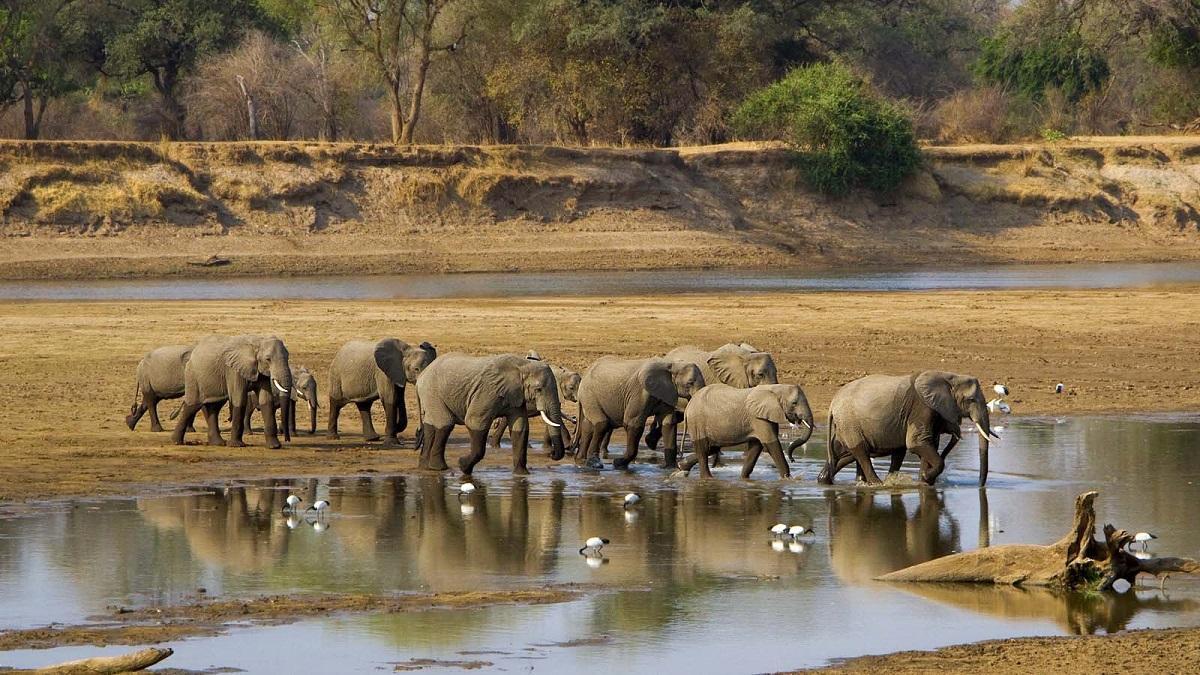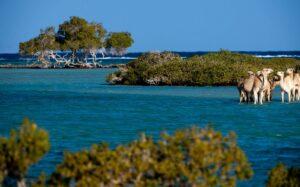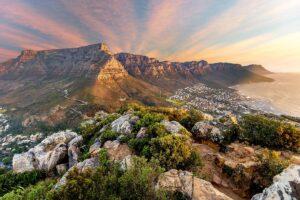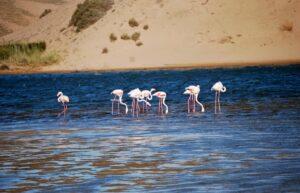Located in the northern part of Zambia, North Luangwa National Park is one of Africa’s most pristine and untouched wilderness areas. Unlike its more famous counterpart, South Luangwa, North Luangwa remains relatively unexplored, offering visitors a remote and secluded safari experience.
Spanning over 4,636 square kilometers, the park is part of the greater Luangwa Valley ecosystem known for its diverse wildlife and the meandering Luangwa River that supports life within this vast wilderness. North Luangwa is particularly famous for its walking safaris, which provide an intimate, on-foot exploration of the wild, led by highly skilled guides and rangers.
The park’s commitment to conservation, especially the reintroduction of black rhinos, adds to its significance. With fewer visitors and an emphasis on sustainable tourism, North Luangwa National Park is an excellent destination for those seeking a truly wild and unspoiled African safari experience.
Please Download Our Mobile App here.
Overview of North Luangwa National Park
North Luangwa National Park is part of Zambia’s larger Luangwa ecosystem, sharing many of the same features as South Luangwa, including the fertile Luangwa River, open plains, woodlands, and stunning escarpments.
However, what sets it apart is its remoteness and lack of mass tourism. Only a few safari camps operate within the park, making it one of the least crowded safari destinations in Africa. It is a haven for those looking to reconnect with nature in its rawest form, offering an authentic and immersive wilderness experience.
The park has been largely protected from human interference, ensuring that the wildlife here thrives in a relatively undisturbed environment. This makes North Luangwa an important stronghold for endangered species, especially the black rhinoceros, which was reintroduced into the park in the early 2000s as part of a successful conservation effort.
Wildlife in North Luangwa National Park
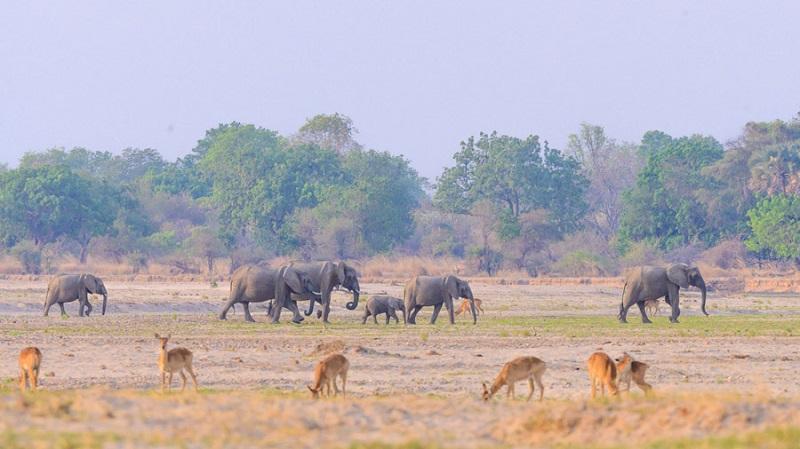
North Luangwa National Park is renowned for its healthy populations of large mammals, particularly predators. Lions are a common sight, often seen on walking safaris or from the few game drive vehicles that traverse the park. The elusive leopard is also present, though harder to spot.
The Luangwa River and its tributaries attract a variety of herbivores, including elephants, buffalo, and zebras, which in turn draw predators such as hyenas and wild dogs. One of the key conservation success stories in North Luangwa is the re-introduction of the critically endangered black rhinoceros. The park now has a small but growing population of these majestic creatures, which are heavily protected by anti-poaching units.
The park also offers superb birdwatching opportunities, with over 400 species recorded. Bird lovers can spot species such as the crowned crane, Pel’s fishing owl, and carmine bee-eaters along the riverbanks and open plains.
Best Time to Visit North Luangwa National Park
The best time to visit North Luangwa National Park is during the dry season, from June to October. During these months, the Luangwa River becomes a vital water source for the park’s wildlife, making it easier to spot animals as they gather along the riverbanks. The dry season also offers ideal conditions for walking safaris, with clear skies and pleasant temperatures.
The wet season, from November to May, brings heavy rains that can make roads impassable and safari camps inaccessible. However, this period is excellent for birdwatching, as migratory species arrive and the park’s vegetation becomes lush and green.
Getting to North Luangwa National Park
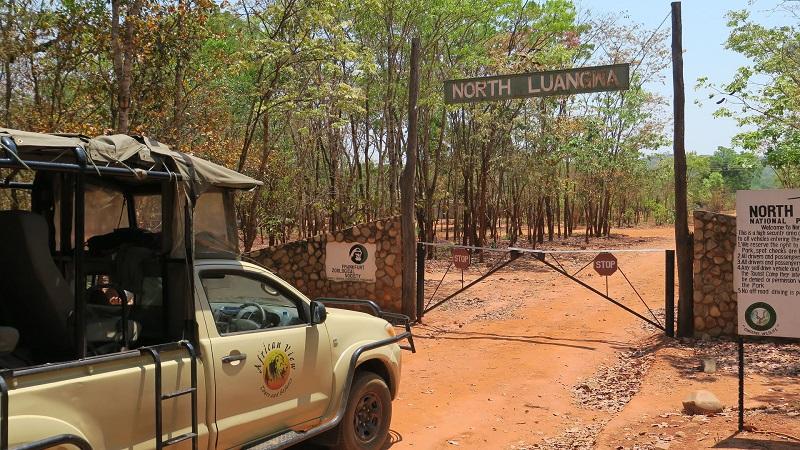
Getting to North Luangwa National Park requires some planning due to its remote location. Most visitors fly into the nearby town of Mfuwe, which is the gateway to both South and North Luangwa. From there, charter flights or long road transfers are available to reach the few camps operating within North Luangwa.
The park is around 250 kilometers north of South Luangwa, and due to the limited road infrastructure, flying is the most convenient option. Overland access is possible but is usually recommended only for experienced overlanders or those on guided expeditions.
Other Activities in North Luangwa National Park
North Luangwa is best known for its walking safaris, offering one of the most authentic wilderness experiences in Africa. These safaris allow visitors to explore the park on foot, accompanied by armed guides and park rangers who ensure safety while providing insights into the park’s flora, fauna and ecosystems.
There are also opportunities for game drives, though they are less common compared to other parks, given North Luangwa’s emphasis on walking safaris. Birdwatching and visits to conservation projects, including the rhino protection initiative, can also be arranged.
Park Fees for North Luangwa National Park
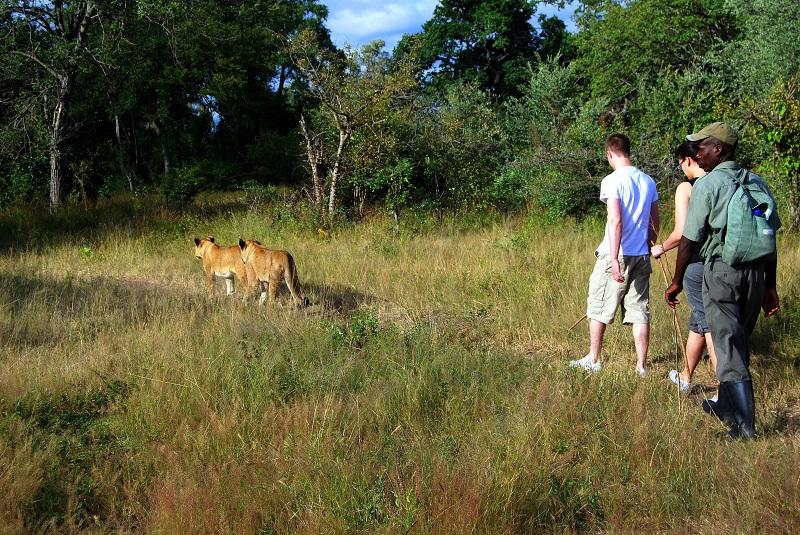
As of 2024, park fees for North Luangwa are similar to those of other Zambian parks:
- Foreign Visitors (Adults): $25 per person per day
- Foreign Visitors (Children): $12 per person per day
- Zambian Residents (Adults): $5 per person per day
- Zambian Residents (Children): $3 per person per day
Additional costs apply for guided walking safaris, game drives, and specialized tours.
FAQs: Touring North Luangwa National Park
Do I Need a Car to Tour the Park?
A car is not necessary if you are staying at a lodge or camp, as they typically provide guided walking safaris and game drives. However, those on self-drive safaris will need a 4×4 vehicle due to the rough terrain.
Are Unguided Walks Allowed in the Park?
No, unguided walks are strictly prohibited in North Luangwa National Park. All walking safaris must be conducted with an armed ranger and trained guide for safety.
How Much is a Game Drive in the Park?
Game drives in North Luangwa can cost anywhere from $50 to $100 per person, depending on the camp or lodge you stay at. Walking safaris may be included in the accommodation rates.
Conclusion
North Luangwa National Park offers a remote and exclusive safari experience, ideal for adventurous travelers looking to escape the crowds and immerse themselves in the wild. Its pristine landscapes, diverse wildlife, and emphasis on walking safaris make it one of Zambia’s most unique and rewarding destinations.
